Many people think scrap metal is nothing more than junk, but in reality, certain types can fetch attractive prices. In both industrial and household settings, valuable metals are often discarded simply because people lack awareness of their potential.
When managed properly, these scrap metals can generate additional income while reducing environmental pollution. This article will highlight five types of scrap metal that are frequently underestimated but in fact carry high market value. By recognizing them, you can maximize their use and turn “waste” into profitable business opportunities.
1. Tungsten Carbide
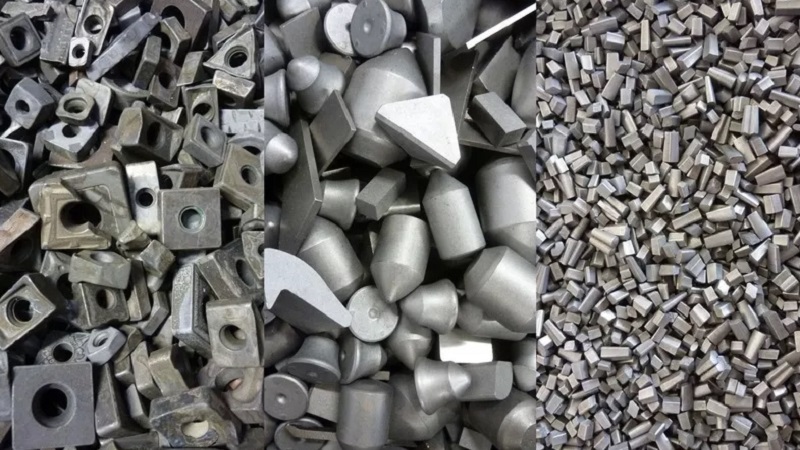
Tungsten carbide is one of the most valuable yet often neglected scrap metals. It is commonly found in lathe inserts, drill bits, endmills, and mining drill teeth. Physically, tungsten carbide appears dark gray, feels heavy, and is much harder than ordinary steel. The rare tungsten content makes it highly valuable, especially when combined with cobalt as a binder.
Recycling involves crushing the parts into powder, purifying them, and re-synthesizing into new products. To maximize resale value, collect tungsten carbide scrap separately, clean it from oil or dirt, and sell it to specialized recyclers. With proper handling, this scrap metal can become a significant source of income.
2. HSS (High Speed Steel)
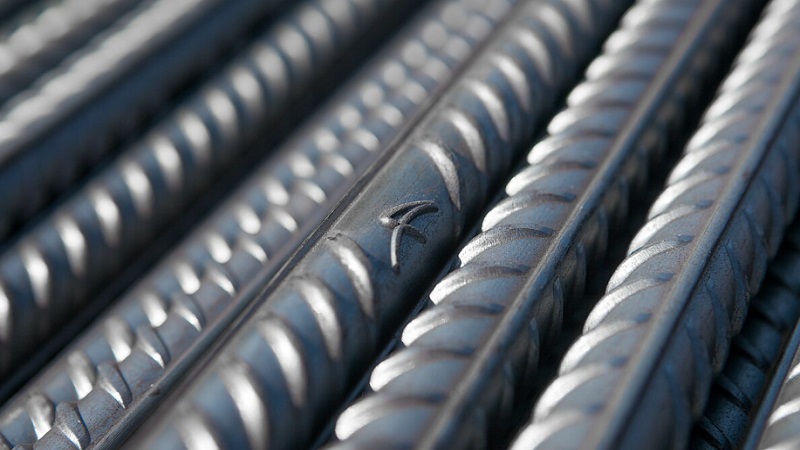
HSS is a high-alloy scrap metal widely used in drill bits, reamers, taps, and saw blades. Its composition includes tungsten, molybdenum, vanadium, and chromium, giving it excellent heat and wear resistance. Many people treat used HSS as regular scrap iron, when in fact its value is higher than ordinary steel.
The recycling process involves shredding and remelting, with non-metal parts removed first. To ease resale, separate HSS scrap from other metals, strip away any plastic holders, and gather it in bulk. Properly managing HSS scrap not only increases income but also helps maintain supplies of these strategic materials.
3. Tantalum
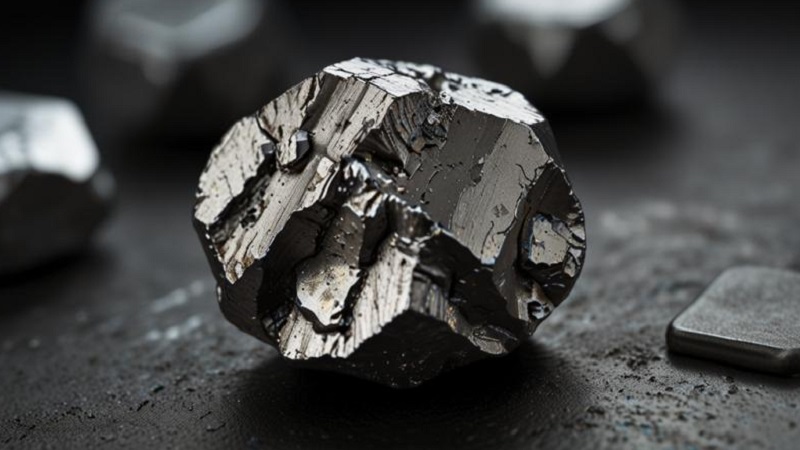
Tantalum is a rare scrap metal commonly found in electronic capacitors and semiconductor equipment. Although each unit contains only small amounts, accumulation from electronic waste can generate high resale value. Tantalum is in strong demand in the electronics, medical, and defense industries, keeping its market price consistently high.
However, recovering tantalum requires complex chemical processes and is usually handled by certified recyclers. If you deal with electronic waste, separate tantalum components and store them for sale to official scrap buyers. Avoid processing them yourself due to safety risks. With the right channels, tantalum scrap can be a highly profitable resource.
4. Filaments (Tungsten from Lamps & Tubes)
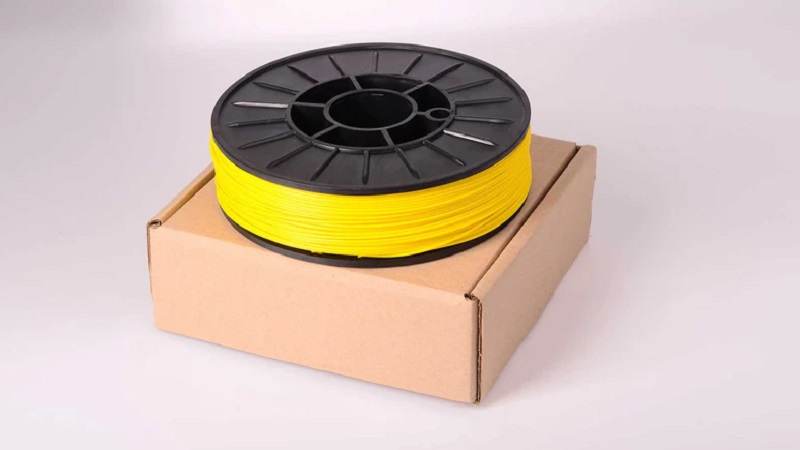
Tungsten filaments from incandescent bulbs, halogen lamps, and vacuum tubes also belong to the category of valuable scrap metals. Although each bulb contains only a tiny amount, mass collection from factories or waste warehouses can yield significant quantities.
Filaments are metallic gray and extremely dense. For recovery, separate the glass from the tungsten wire and avoid mixing with CFL lamps that contain mercury. This scrap metal can then be melted down or refined into new tungsten materials. In large quantities, used filaments provide a cheap and profitable tungsten source.
5. Superalloys & Cobalt/Nickel-Based Scrap
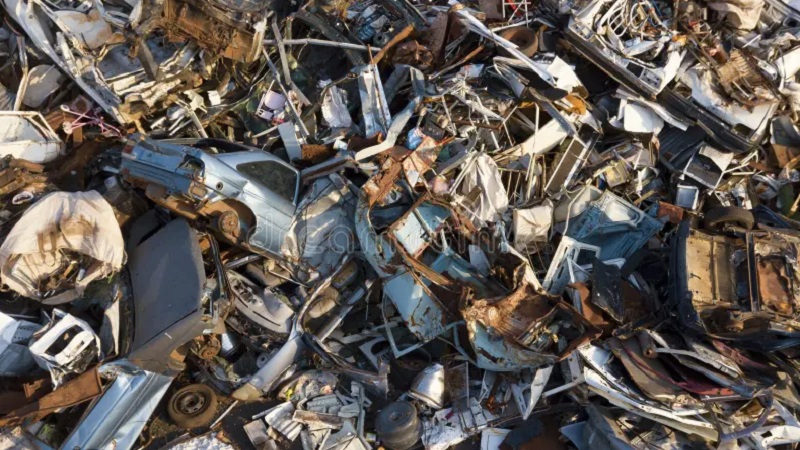
Superalloys such as Inconel, Hastelloy, and other cobalt/nickel-based alloys are highly valuable scrap metals often generated from turbines, ships, or heavy machinery. Their nickel, cobalt, and chromium content makes them far more expensive than regular steel.
Recycling requires controlled smelting and processing in specialized facilities. To optimize pricing, separate superalloy scrap from other metals, label or record its type, and sell to buyers experienced in handling high-performance alloys. The economic value is substantial since these materials are costly and difficult to produce from raw resources.
Scrap metal should never be underestimated. From tungsten carbide and HSS to tantalum, tungsten filaments, and superalloys, each holds strong market value if managed properly. By separating, collecting, and selling them to the right recyclers, you can transform industrial or household scrap into sustainable profit.
In the long run, scrap metal recycling not only boosts your income but also contributes to environmental preservation—a win-win solution for business and sustainability.

